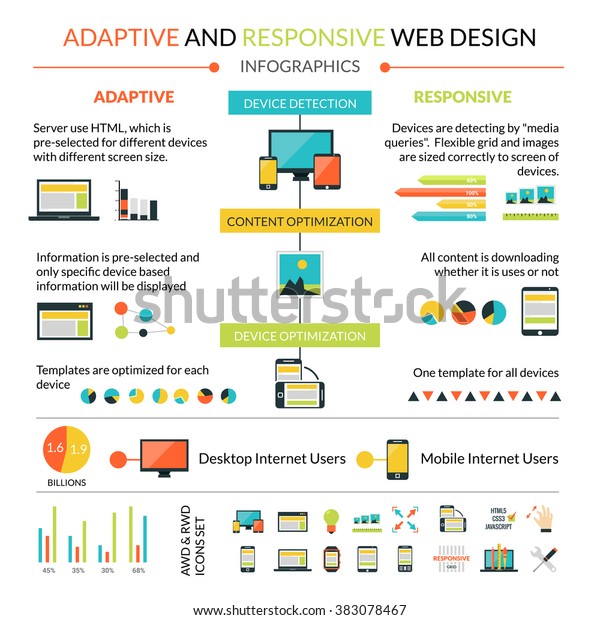Website Design Fundamentals: Tips For Structure A User-Friendly Site
Website Design Fundamentals: Tips For Structure A User-Friendly Site
Blog Article
Staff Writer-Christophersen Daugaard
When it comes to website style, guaranteeing user-friendliness is essential. From responsive design to structured navigating, every element plays an important duty in producing a website that accommodates your target market's needs. Yet what concerning website package pricing that can make or damage a customer's browsing experience? Stay tuned as we discover some often-overlooked tips that can elevate your web site's use to the next degree, making it really attract attention in the electronic landscape.
Value of Responsive Design
Responsive design is an important aspect of modern website advancement. Ensuring your web site is responsive means that it can adapt to different screen sizes and tools, supplying a smooth experience for individuals.
With the boosting use smart devices and tablet computers to access the web, having a receptive layout is important for getting to a larger audience. It helps in boosting user experience by making your internet site simple to browse and read on any device.
Additionally, responsive style can positively affect your online search engine rankings, as online search engine like Google prioritize mobile-friendly internet sites. By having a receptive design, you're also future-proofing your internet site, as brand-new devices with varying screen sizes remain to arise.
Simplify Navigating Structure
To enhance individual experience and help with very easy accessibility to details on your web site, enhancing the navigation structure is critical. When developing your website, concentrate on developing a clear and user-friendly navigation food selection that assists visitors discover what they're seeking swiftly.
Limitation the number of menu products to the essentials, grouping relevant web pages together to stay clear of frustrating users. Usage detailed labels that plainly indicate the material of each page, making it easier for customers to comprehend where each link will take them.
Consider implementing dropdown menus for subcategories to avoid cluttering the primary navigation bar. Additionally, include a search bar plainly on the web page for users that favor searching for certain information.
Focus on mobile responsiveness in your navigating design to ensure easy gain access to on all gadgets.
Optimize Web Page Lots Rate
Improving web page lots rate is crucial for maintaining site visitors on your internet site. Slow-loading pages discourage users and can lead to high bounce rates. To optimize page tons speed, beginning by enhancing images. top search engine optimization without endangering top quality to reduce their documents sizes.
Furthermore, enable browser caching to store frequently accessed resources locally, accelerating lots times for returning visitors. Minify CSS, JavaScript, and HTML data by getting rid of unneeded characters, comments, and formatting, boosting load rate.
Think about utilizing a web content delivery network (CDN) to distribute your internet site's material across several web servers worldwide, reducing latency for users accessing your website from different places. Finally, limit making use of third-party manuscripts and plugins, as they can significantly affect tons times.
Final thought
Finally, by including responsive design, streamlining navigation, and maximizing web page load speed, you can produce an easy to use internet site that attract a bigger target market and enhances customer experience. These essential elements guarantee that visitors can conveniently gain access to and browse your website throughout different devices, leading to raised involvement and fulfillment. By concentrating on ada compliance list , you can build a successful internet site that maintains customers coming back for even more.
